Due to its purpose, the Fiumei Road Cemetery is not the number one destination for most of us when looking for an outdoor walk in the capital. However, the area, also known as the Kerepesi Road cemetery, can boldly catch up with the ideal fresh air destinations: with its special atmosphere, order, silence and many monuments, it provides an unparalleled milieu. The National Heritage Institute (NÖRI), which takes care of the graveyard, is also doing a lot to raise the significance and potential of the park as much as possible.
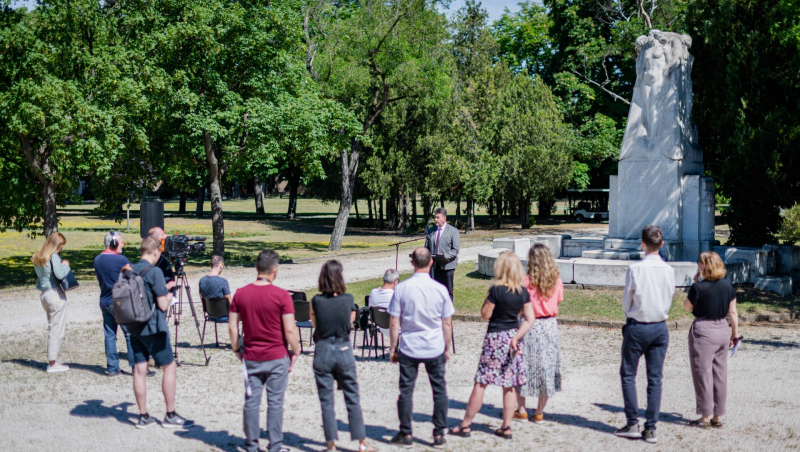
Information about the 'Sculpture Park in the Fiumei Cemetery' program (Photo: Róbert Juharos/pestbuda.hu)
On 27 May, the staff of NÖRI presented a new program called 'Sculpture Park in the Fiumei Cemetery': they provide information on the most artistically outstanding sculptures on the tombs and their creators using a QR code in Hungarian and English.
The director general of the institute, Gábor Móczár, drew attention to the fact that the graveyard can also be defined as an open-air museum: cultural events and walking programs are continuous, and their range is enriched year by year. A mobile app called FiumeiGuide debuted in 2019, not only helping to explore the cemetery’s sights, but also showcasing them with textual and visual information, audio and video. The content of the mobile app is constantly expanding to this day, the descriptions are also available in English.
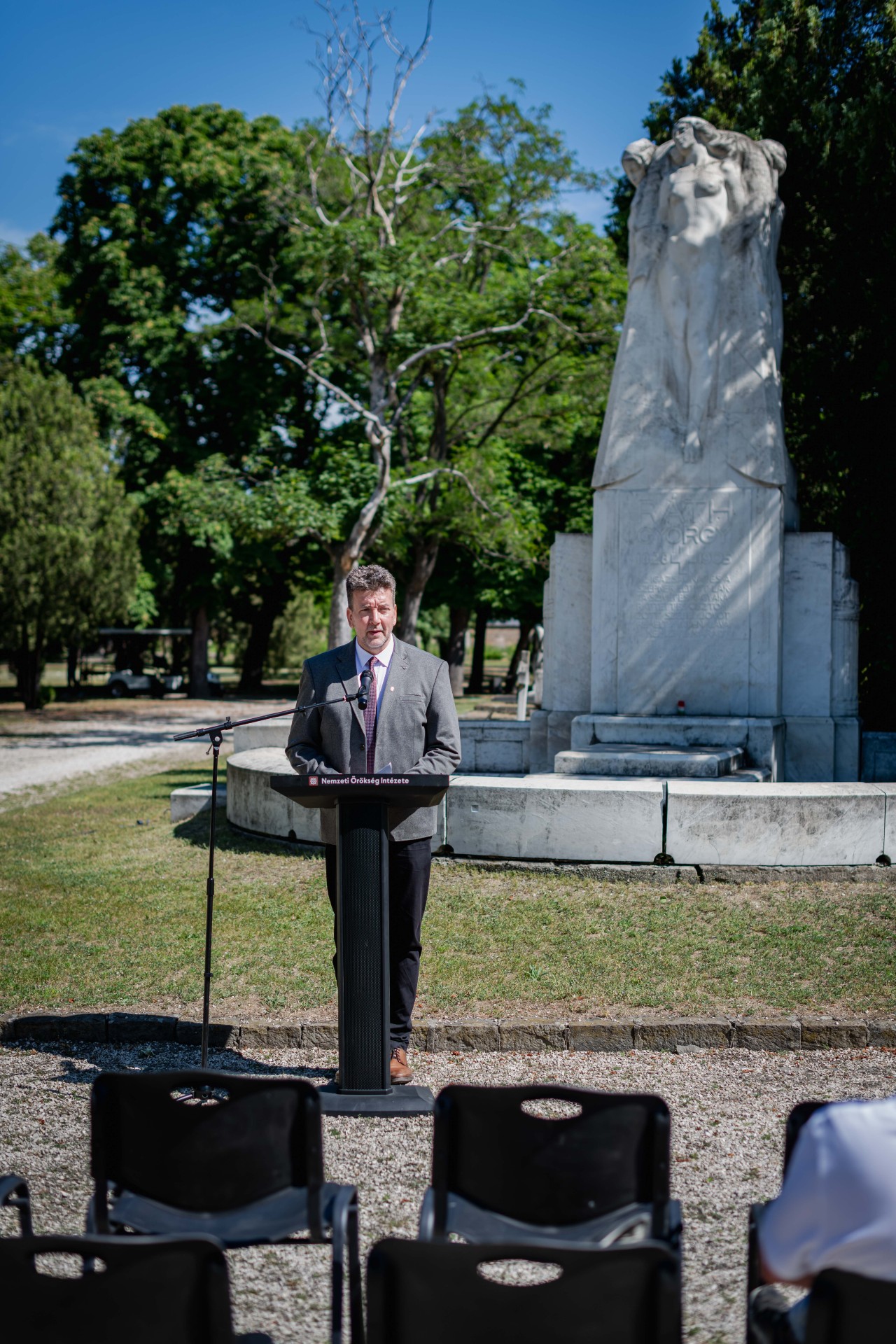
Gábor Móczár, Director General of the National Heritage Institute, presents the 'Sculpture Park in the Fiumei Cemetery' program (Photo: Róbert Juharos/pestbuda.hu)
The 'Sculpture Park in the Fiumei Cemetery' program is the next step. The art historical imprint of the graveyard is unique, it takes us back to the beginning of Hungarian sculpture. There are almost 650 tombstones here, which are also outstanding works from the point of view of art history. The new parcel stones replaced and placed in the graveyard last year, several of which have already received one of the key tools in the program, the engraved QR code, will help you access the vast body of knowledge. These codes can be scanned with the help of our mobile phone, and the website of the graveyard will appear on our device, displaying information: we can read a description of the creator and the work, including the life path, properties and symbolic features of the work.
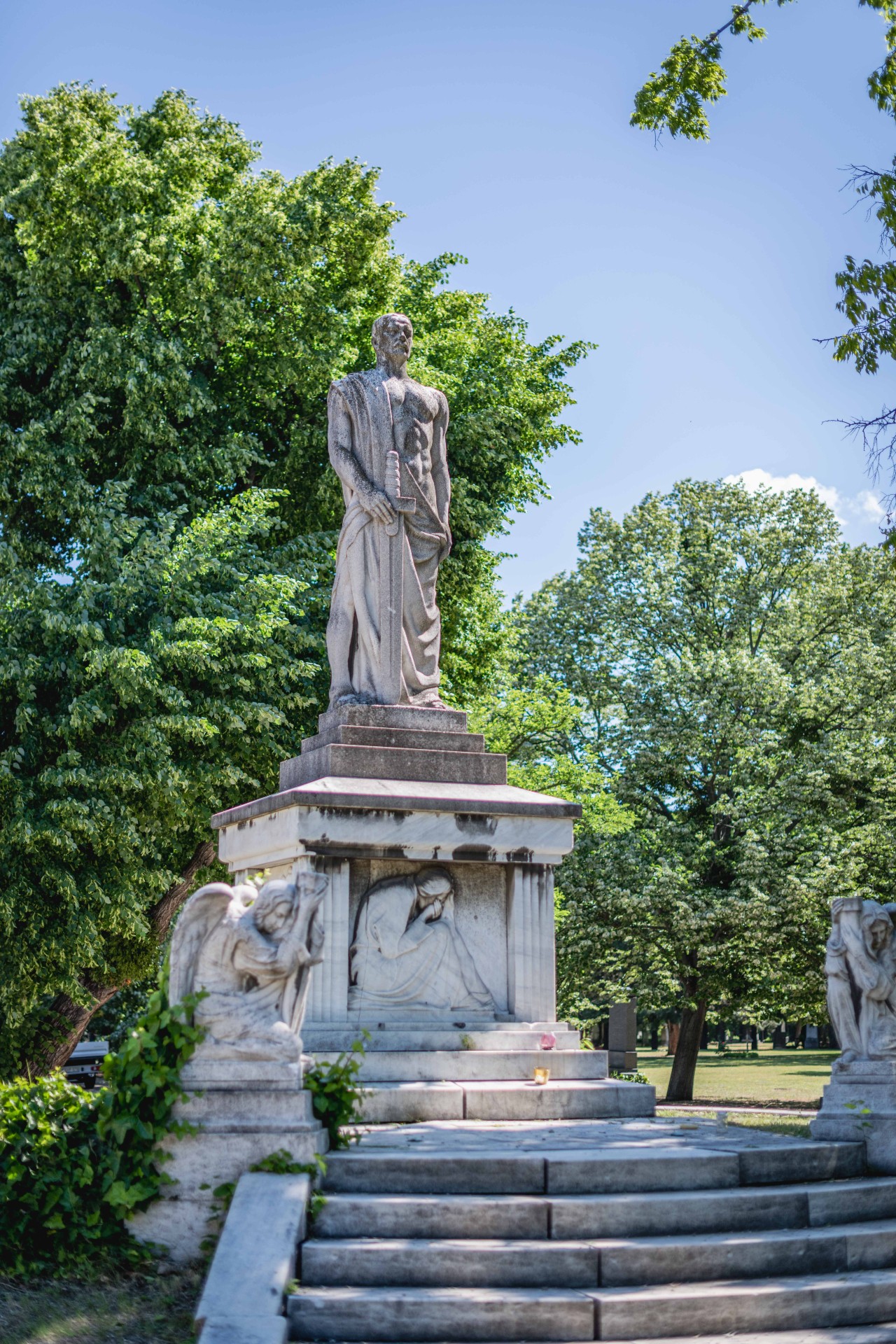
We can read a description about the work and the creator with the help of a QR code (Photo: Róbert Juharos/pestbuda.hu)
Gábor Móczár added that the program has now started with the description of the first 50 masterpieces, but in the coming years this number will increase continuously. The artistic value of the tomb and the elaboration of the available literature played a role in the initial selection. Among the artists we can find the outstanding figures of Hungarian sculpture: the works of Miklós Borsos, Gyula Donáth, János Fadrusz, Béni Ferenczy, Márta Lesenyei, Miklós Ligeti, Zsigmond Kisfaludy Strobl, Alajos Stróbl, György Zala.
Following the briefing, Edit Farkas, NÖRI's historian-walking guide, gave a glimpse into the practical part of the program by scanning the QR-coded parcel stones. We found out, for example, at the grave of Pál Elek (CEO of Magyar Kereskedelmi Rt. at the time of dualism) that it was made by Miklós Ligeti, to whom we can also owe the statue of Anonymus in the City Park. The three mourning female figures (a wife, a young girl, and an old lady) are, in addition to family mourning, a clear reflection of the losses of World War I.
The joint tomb of the painter Károly Lotz and his foster daughter, Cornélia, was made by János Pásztor, who came to the forefront of the profession with the Rákóczi equestrian statue in front of the Parliament and the Fisherman and Ferryman statue in Balatonfüred. The reason for the common grave lies in the close connection between the two of them, as Cornélia stood as a model for many of Károly Lotz's paintings, including nude paintings.
With the nude composition of János Pásztor's double statue, he wished to emphasize this connection. The tomb of the Minister of Justice Dezső Szilágyi is also a highlight, as it is made of Tatra granite instead of marble, together with the lion figures watching at the beginning of the tomb. Carving from granite is not an everyday achievement, which proves the outstanding talent of Alajos Stróbl. The lion figure wants to be a kind of self-portrait: it puts its paws on a law book, its looks are straight, it commands authority, it wants to symbolize imperturbability.
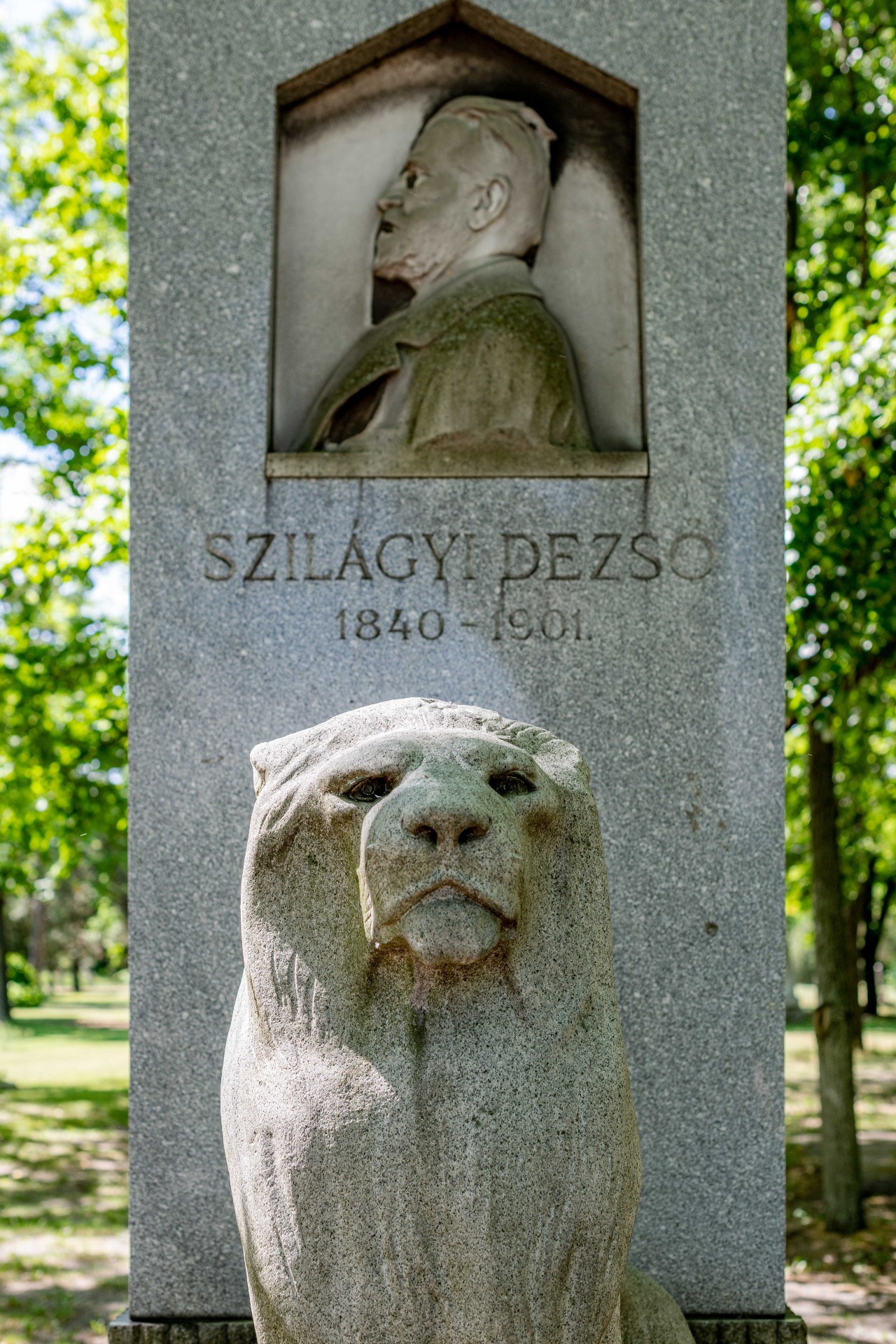
Dezső Szilágyi's tomb carved from granite with the lion (Photo: Róbert Juharos/pestbuda.hu)
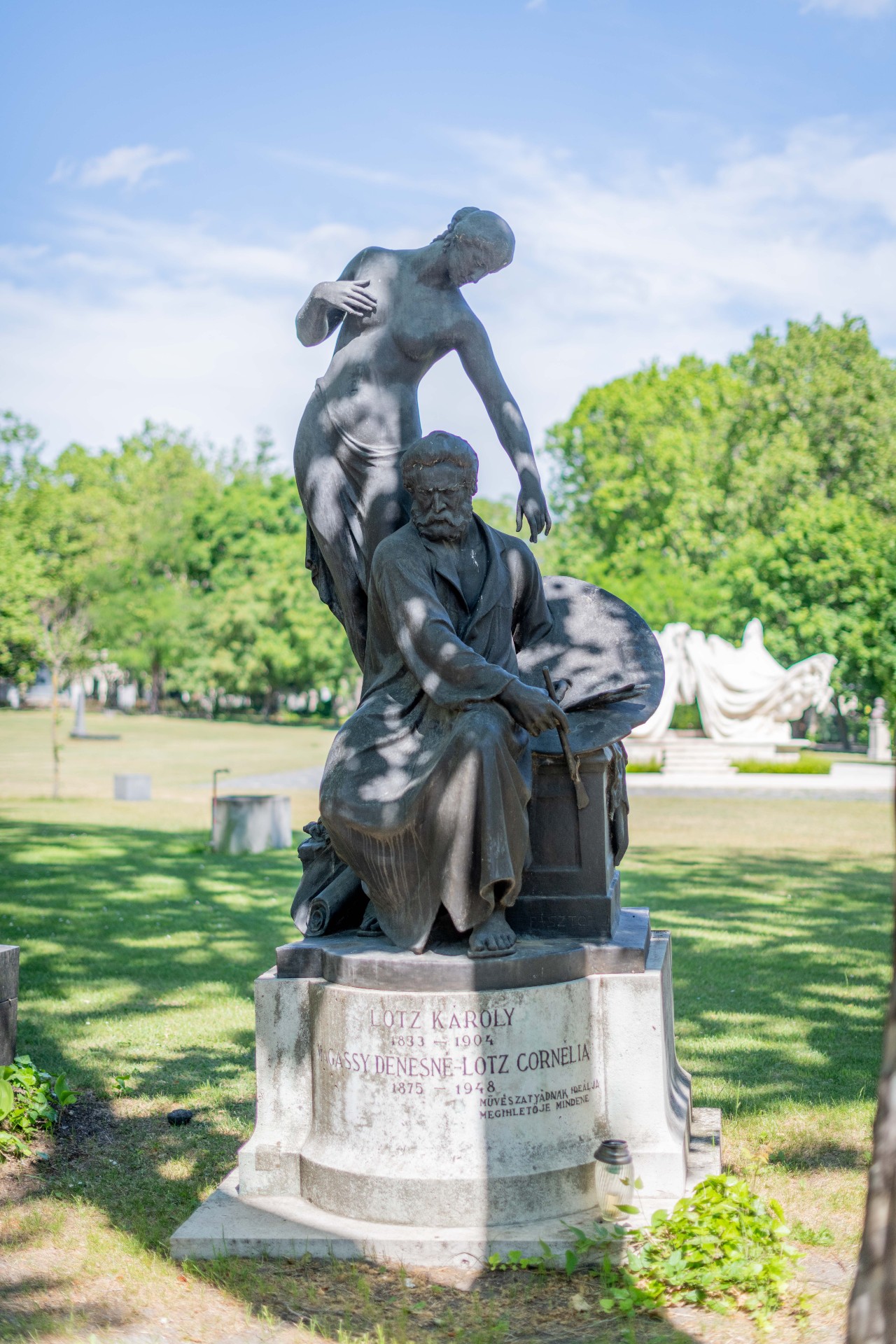
Tomb of Károly Lotz and Cornélia (Photo: Róbert Juharos/pestbuda.hu)
The tomb of sculptor János Fadrusz (his most famous work is the equestrian statue of King Matthias of Cluj-Napoca) also has an interesting story. When he wanted to create the theme of the corpus hanging from the cross, he asked a man to draw and photograph them hanging on a cross, but the model could not stand the ordeals involved. Thus, in the end, the artist himself stood as a model: he had bound himself on the cross, then others photographed him from several angles, and so the work could be made. A bronze copy of this famous Fadrus Cross can be seen today on the tomb of the famous sculptor.
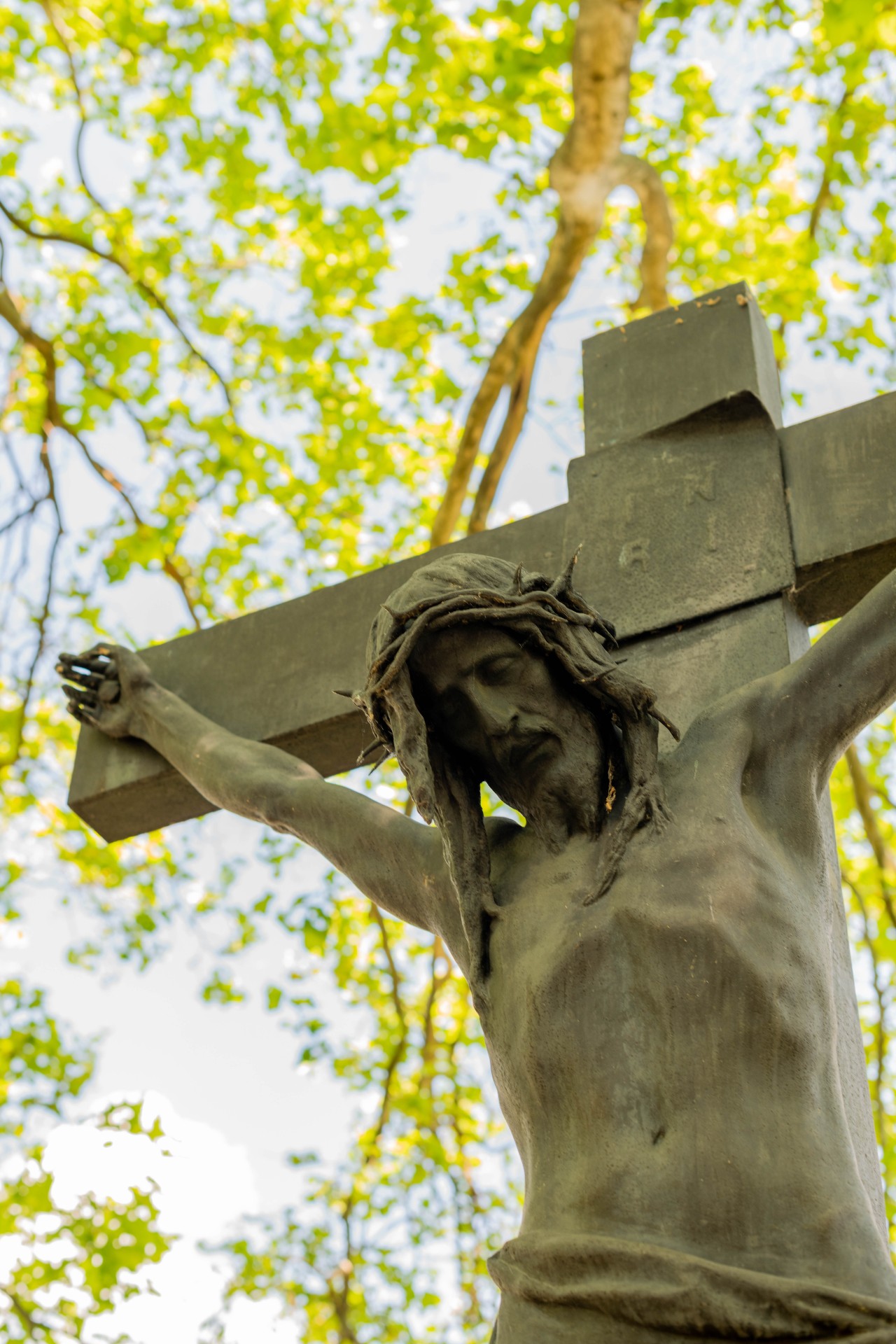
The self-patterned figure of Christ on the grave of János Fadrusz (Photo: Róbert Juharos/pestbuda.hu)
What is described here only shows the surface of everything that can be known about a work of art. The goal is for as many sculptures as possible to be read about in the literature and thus become part of this exploration adventure made possible with a 21st century solution. Another interesting fact is that a separate parcel stone was recently placed at the main entrance of the graveyard, and with the help of its QR code anyone can get to the so-called state-protected graves in the cemetery. The online service called the National Graveyard will provide the exact location of the graves over time (the plot data is already available), and will cover the whole of Hungary in terms of state-protected graves, so the graves of all significant figures in Hungarian history and culture can be found in one large virtual grave garden.
The Fiumei Road Cemetery wants to draw attention to its monuments, as it would be done in a museum or gallery. It is not an ordinary cemetery, but an ornate open-air pantheon for the greats of the nation, further enhanced by the many programs and services provided by the National Heritage Institute. With the sculpture park program, the creators of the graves can also receive a worthy commemoration. It is worth to explore.
Cover photo: Tomb of Pál Elek, by Miklós Ligeti (Photo: Róbert Juharos/pestbuda.hu)

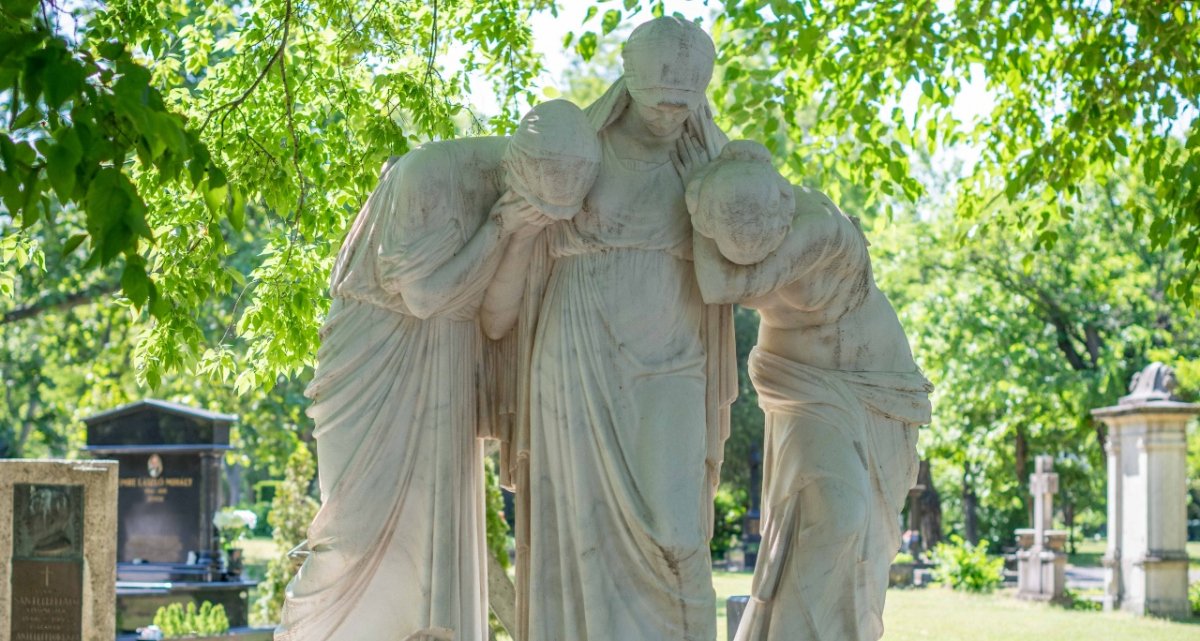

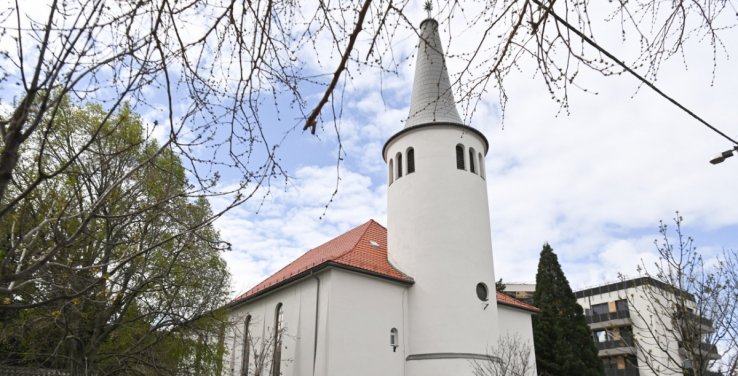
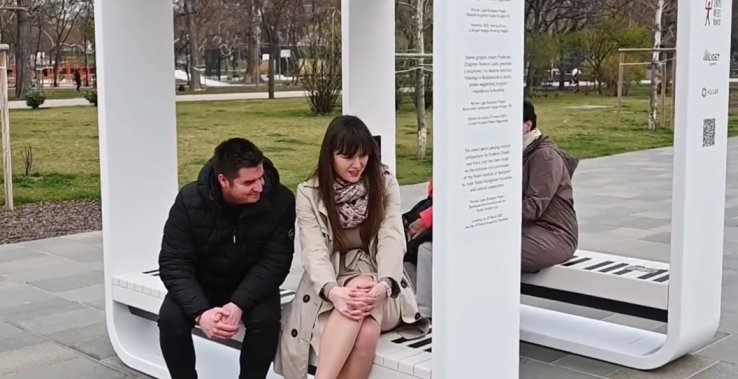

































Hozzászólások
Log in or register to comment!
Login Registration